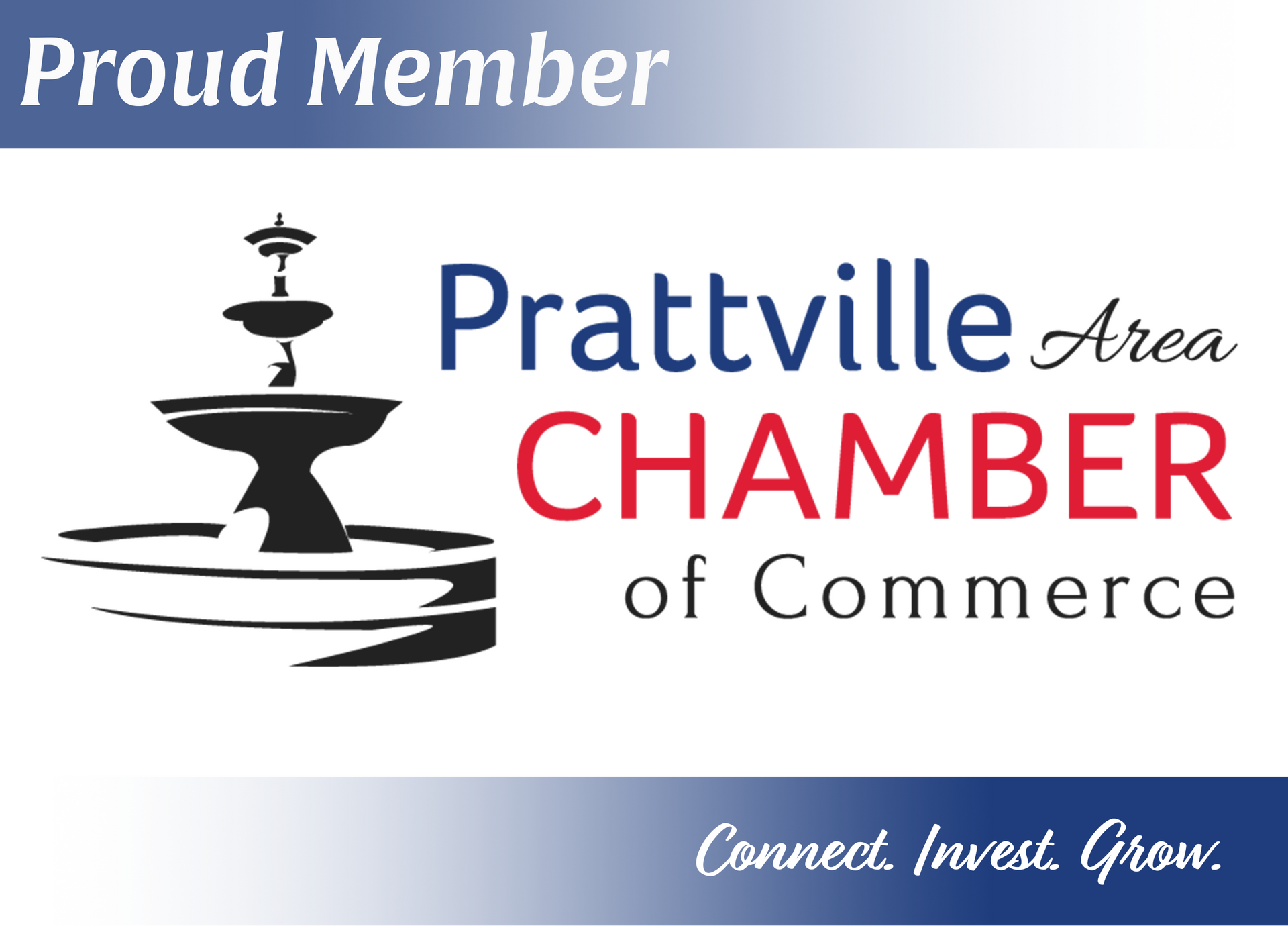Temporary Dialysis Catheter Placement in Prattville, Alabama
Emergency Dialysis Access When Every Minute Counts
Rapid, Life-Saving Dialysis Access—Available 24/7
When acute kidney failure or dialysis access emergencies threaten life, temporary dialysis catheters provide immediate vascular access for urgent hemodialysis treatment. At Advanced Vascular and Wound Care in Prattville, Alabama, our board-certified vascular surgeons provide 24/7 emergency temporary catheter placement using advanced techniques to rapidly establish life-saving dialysis access.
Don't let access emergencies delay critical dialysis treatment. Expert temporary catheter placement can provide immediate access when every minute matters.
What Is a Temporary Dialysis Catheter?
This short-term, central venous catheter is inserted directly into a large vein (usually the jugular, subclavian, or femoral) for immediate hemodialysis. It acts as a bridge during emergencies or while waiting for permanent access (like a graft or fistula) to mature.
When Are They Needed?
Emergency Situations: Acute kidney failure requiring immediate dialysis, drug overdoses or poisoning requiring emergency dialysis, severe electrolyte imbalances threatening life, and fluid overload with heart failure requiring urgent removal.
Access Emergencies: Failed permanent access requiring immediate replacement, infected access requiring removal with immediate dialysis needs, thrombosed access that cannot be immediately repaired, and mechanical access problems preventing dialysis.
Bridge Therapy: Temporary access while awaiting fistula or graft maturation, interim access during treatment of access complications, short-term access during hospitalization for other medical problems, and emergency access for patients traveling without local dialysis arrangements.
Urgent Medical Situations: Preparation for emergency surgery in dialysis patients, management of acute complications requiring immediate intervention, and situations where existing access cannot be safely used.
Benefits of the Placement Procedure
Fast & Minimally Invasive
Performed under local anesthesia using real-time ultrasound guidance.
Quick Turnaround
Placement typically takes 15–30 minutes and can be done at bedside or in a procedure room.
Immediate Use
Catheters are tested and ready for dialysis right after placement.
Why It's the Right Choice in an Emergency
Immediate dialysis access without waiting for surgery
Safe, bedside procedure guided by real-time imaging
Critical support while permanent access is being arranged
Why Choose Advanced Vascular & Wound Care?
Dr. Justin Parden has handled countless emergency situations where patients needed immediate dialysis access, even in the most challenging circumstances. When you or your loved one is critically ill and needs this procedure urgently, you can trust that Dr. Parden has the experience and expertise to get it done successfully, even when other doctors might find it difficult.
We're available around the clock because we know that emergencies don't wait for business hours. When you need emergency dialysis access, we'll be there quickly to help. We work closely with emergency rooms, ICUs, and dialysis centers throughout Central Alabama, so everyone involved in your care can communicate seamlessly and make sure you get exactly what you need, exactly when you need it, without any delays or confusion.
From Temporary to Permanent Access
We help patients transition from temporary catheters to permanent solutions:
- Evaluation for long-term dialysis needs
- Planning for fistula, graft, or tunneled catheter placement
- Ongoing monitoring and patient education
Frequently Asked Questions
Schedule Emergency Consultation
For non-emergency situations where temporary access may be needed, advance planning can improve outcomes and reduce stress during medical crises.
Call Advanced Vascular and Wound Care at (334) 659-4717 to discuss temporary access planning or for immediate emergency catheter placement needs.

